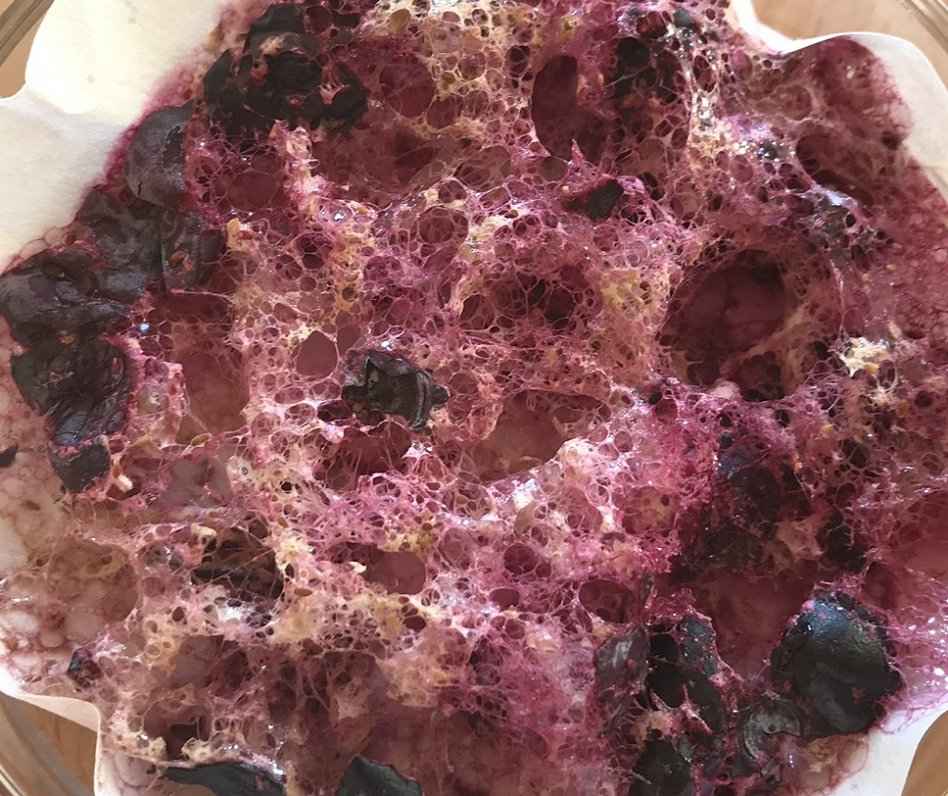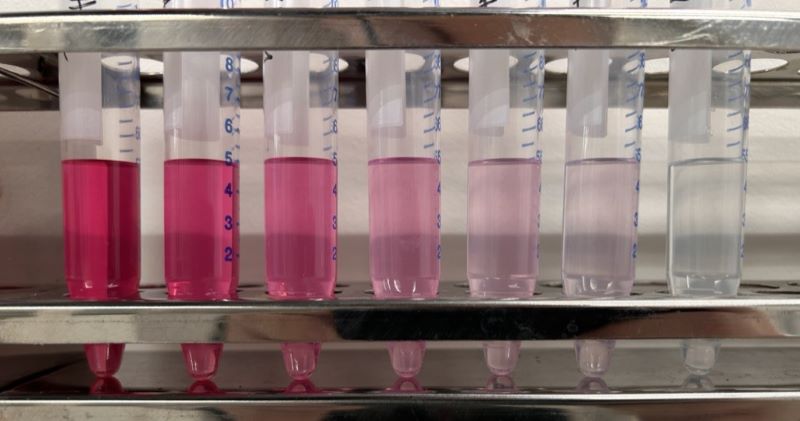RSU researchers work on plant "fingerprints" to better identify counterfeit herbal medicines
Writer: Ance Bārzdiņa,
Academic Staff, Department of Pharmaceutical Chemistry
With increasing frequency, scientists in both Latvia and other countries are drawing inspiration for new and effective medicinal substances from the world of plants. The latest methods allow for the detection of hundreds or even thousands of different substances in medicinal plants, providing solutions to problems such as antimicrobial resistance. At the same time, researchers are looking for ways to better identify counterfeit herbal medicines by using the “chemical fingerprints” of plants.
In-depth studies on biologically active substances that certain plant extracts contain and whether they might have any biological activity – antioxidant, antibacterial or anti-inflammatory (selecting those that might be characteristic of it) – are being carried out in laboratories at Rīga Stradiņš University (RSU). Samples of blueberries, highbush blueberries, cranberries, lemon balm, hibiscus, elderberries, and other plants have been studied.
 A freeze-dried sample of highbush blueberry. Photo from the author's private archive
A freeze-dried sample of highbush blueberry. Photo from the author's private archive
If the plant can be found in Latvia, this naturally makes the research particularly interesting. This is because the same medicinal plant grown in Latvia or, say, in Italy or France, may differ in the content and concentration of its active substances. Blueberries and cranberries in the north, for example, are more likely to contain anthocyanins, which give them their specific colour and they also have different biological activity.
Differences depending on where the plant grows make it difficult to standardise the use of medicinal plants – if the same plants are studied elsewhere, the results of the research may differ. This is why we use analytical chemistry methods to capture the chemical profiles or “chemical fingerprints” of medicinal plants. These will not differ for the same medicinal plant regardless of whether it is grown in Latvia, North America, or China; only the amount of active substances will be different.
Spotting fakes
The chemical fingerprint approach also helps identify counterfeit herbal products. As some of these herbs are rare and expensive, counterfeit medicinal plant products are a growing problem worldwide. Although the label might say one thing, the composition of the contents might be completely different. In some cases, it is a low-quality medicinal plant that has lost its properties through processing that is being sold. It should also be noted that the use of unknown herbal products can cause serious health problems, as certain herbs may contain poisonous compounds in addition to healthy substances.
 Standard solutions of cyanidin-3-O-glucoside (anthocyanin) in different concentrations. Photo from the author's private archive
Standard solutions of cyanidin-3-O-glucoside (anthocyanin) in different concentrations. Photo from the author's private archive
Nowadays, almost anything can be ordered online from anywhere in the world. We need to be aware that the problem of counterfeiting needs to be tackled quickly. One example is black elderberry products, for which demand grew during the Covid-19 pandemic. At the same time, it was reported that counterfeit elderberry products were increasing rapidly on the market. We can identify the plant itself, but if it is in powder, or extract form, identification becomes much more difficult. For example, an elderberry extract may visually resemble blueberry, black rice, or other extracts. Therefore, analytical chemistry methods are being developed to obtain the chemical fingerprints of elderberry and other plant extracts commonly used in counterfeiting. The aim is to devise a method that could easily identify a counterfeit product where not only one plant has been substituted by another, but also, in the case of a mixture of several plants, to identify all the components precisely. Both manufacturers and regulatory authorities could make good use of such methods in the future.
Source: LSM.lv
Related news
 RSU Research Breakfast focuses on "Homo Climaticus" approach to healthcareFor RSU Employees, Research, Traditional Events
RSU Research Breakfast focuses on "Homo Climaticus" approach to healthcareFor RSU Employees, Research, Traditional Events


